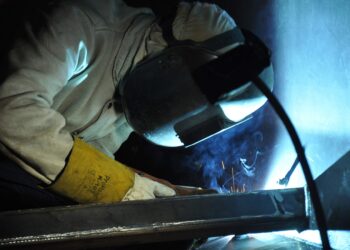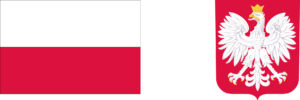The war in Ukraine, but especially this new phase since February 2022, has not only been a tragedy for the country itself, but also a catalyst for change in its neighbours. The countries of Central and Eastern Europe, which share historical, cultural, and geopolitical ties with Ukraine, have been affected by the war in various ways. Some have become more united and assertive, others more divided and ambivalent. All have had to rethink their relations with Russia, the EU, NATO, and other actors.
The most immediate and visible impact of the war has been on the security front. The countries on the eastern edge of the EU, such as Poland, the Baltic states, Romania, and Bulgaria, have felt the most threatened by Russia’s aggression and have rallied behind Ukraine. They have provided military and humanitarian assistance, hosted NATO troops and exercises, and pushed for more sanctions and deterrence against Moscow. They have also sought to strengthen their own defence capabilities and readiness, investing more in modern equipment, cyber security, and intelligence sharing.
The war has also exposed the fault lines within the EU, especially between the “old Europe” of Germany and France, and the “new Europe” of Central and Eastern European countries. The former have been more reluctant to confront Russia, preferring dialogue and diplomacy over confrontation and coercion. They have also been more sceptical of NATO’s role and expansion, and more supportive of the Nord Stream 2 gas pipeline, which would bypass Ukraine and increase Europe’s dependence on Russian energy. The latter have been more hawkish and critical of Russia, demanding a tougher and more unified EU response. They have also been more vocal and active in NATO, and more opposed to Nord Stream 2, which they see as a threat to their energy security and sovereignty. The explosion was not openly celebrated in Poland, but it certainly can not have been mourned.
The war has also encouraged Central and Eastern European countries to diversify their energy sources and reduce their reliance on Russian gas. They have invested in building more cross-border infrastructure and connectivity, such as roads, railways, and pipelines, to foster regional integration and resilience. They have also explored alternative suppliers and routes, such as liquefied natural gas (LNG) from the US and Norway, or gas from Azerbaijan and Turkmenistan via the Southern Gas Corridor. They have also increased their use of renewable energy and energy efficiency, aiming to meet the EU’s climate goals and reduce their carbon footprint.
The war has also stimulated Central and Eastern European countries to pursue a more multi-vector foreign policy, seeking closer ties with other partners beyond the EU and NATO, such as the US, Turkey, China, and Central Asian states. They have also advocated for the EU’s enlargement and engagement with the Western Balkans and the Eastern Partnership countries, especially Ukraine. They have supported Ukraine’s sovereignty, territorial integrity, and European aspirations, and have offered assistance in its reforms and recovery. They have also tried to balance their interests and values, avoiding provoking Russia or alienating their allies.
Notably unlike other world leaders, those of Poland, Lithuania, Czechia, Slovakia, Lithuania, Latvia, and Estonia visited Kiev together in large groups, denying themselves the cheap PR move of being singularly the ‘first foreign leader’ to visit Kiev during the war, but showing the world and Ukraine that they wanted to be seen as a united regional front in alliance.
The war in Ukraine has thus made Central and Eastern Europe stronger, but also more complex and diverse. The region’s role and influence in the EU and the international arena will depend on how it manages its internal cohesion and external relations in the face of the ongoing security challenges. The war is not over, and its outcome is uncertain. But its effects are already felt, and will continue to shape the region for years to come.






